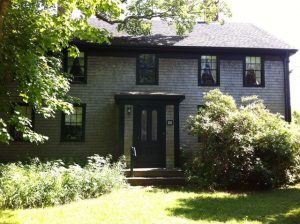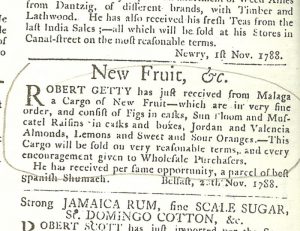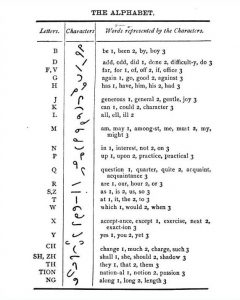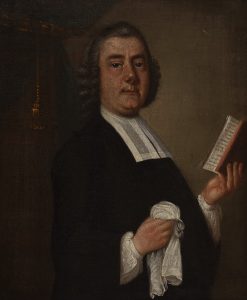
Don’t you love how certain themes seem to pop up and swirl around all at one time? The very definition of serendipity! A couple of days ago, while reading an article online about a completely different topic, my eye spied an article titled “Slave trader’s home, slum, des res: the stories of one house raise restless ghosts.”[1]
I’ll bet that most family historians would be interested in this article – as well as the television mini-series it describes, which is sadly not generally available to American viewers. For me personally, the title immediately put me in mind of my ancestor George Athearn, although in this particular case the “slave trader” turned out to have been a Victorian trader of cotton produced by slaves. Continue reading A desirable residence







